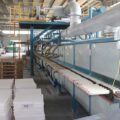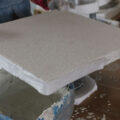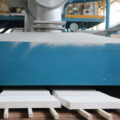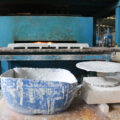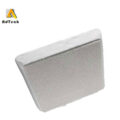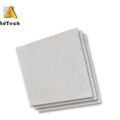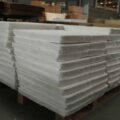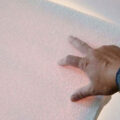Foam filter material is a modern material in demand in many industrial fields. It is made from highly dispersed mineral powders, as well as from liquid foams, has a porous structure.
The unique properties of foam filter material make it simply indispensable in many industries. Ceramic foam filter has low thermal conductivity and high heat resistance.
Ceramic foam filters are used to separate molten metal from mechanical impurities. PFC is characterized by the so-called three-dimensional structure of mutually open pores. This structure allows you to maximize the filtering process.
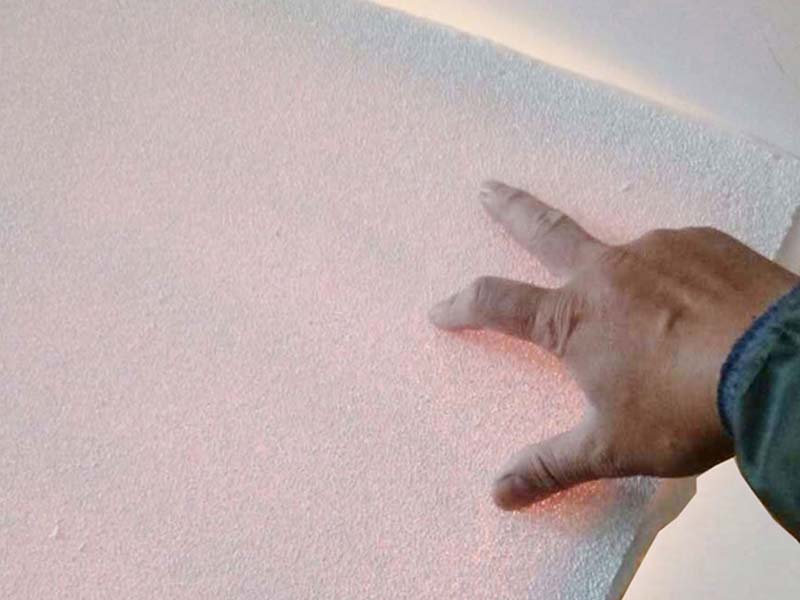
Ceramic foam filters are in demand in the metallurgical industry, since ceramic foam has a number of unique properties. Modern foundry is simply not possible without the use of this type of filtering.
Foam Filter Material Features
- improve the quality of castings
- significantly reduce production costs
- simplify gate systems
- optimize casting speed
- improve the mechanical characteristics of castings
- increase the operational properties of castings
- increase the density of castings
- reduce the amount of marriage, etc
The flexible foam filter material is impregnated with the aqueous ceramic slurry so that the fibrous web is coated with it and the voids are filled with it. Generally, it is preferable to simply immerse the foam in the slurry for a short enough time to ensure almost complete immersion of the foam.
Then the impregnated foam material is compressed to discharge a part of the slurry, and at the same time, the fibrous fibrous web is partially covered by it and has multiple blocked holes on the entire body to increase the tortuosity of the flow path, that is, evenly distributed throughout the ceramic On the subject rather than grouped together. For the case where maximum air permeability and small filtration degree are required, it is preferable to have a relatively small pore size and small pore blockage.
For example, in a continuous operation, the impregnated foam can be passed through a preset roll to achieve the ideal discharge of the slurry from the foam and maintain a desired amount of impregnation therein. Naturally, this can be done manually by simply squeezing the flexible foam material to the desired degree. At this stage, the foam is still flexible and, if necessary, can be formed in a configuration suitable for the filtering task. The foam formed must be kept in place by conventional means until the organic matrix is decomposed. The impregnated foam is then dried by any suitable means, such as air drying or microwave drying.


